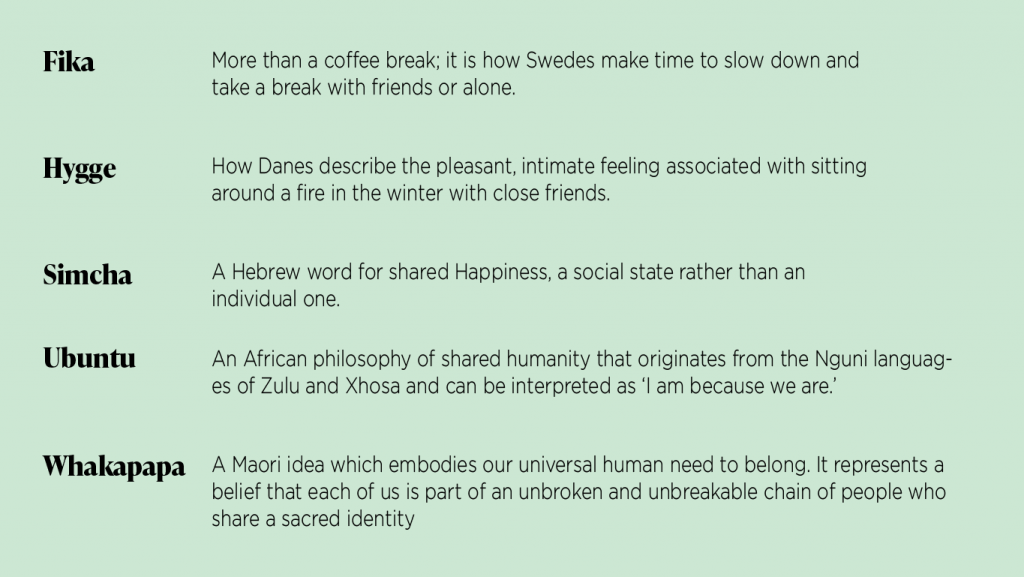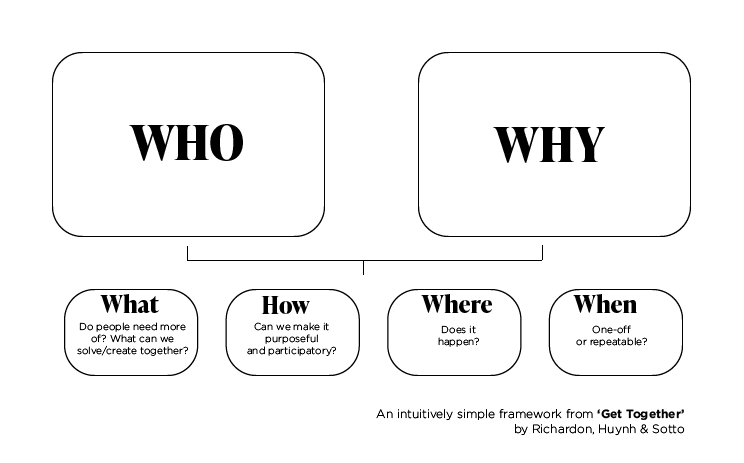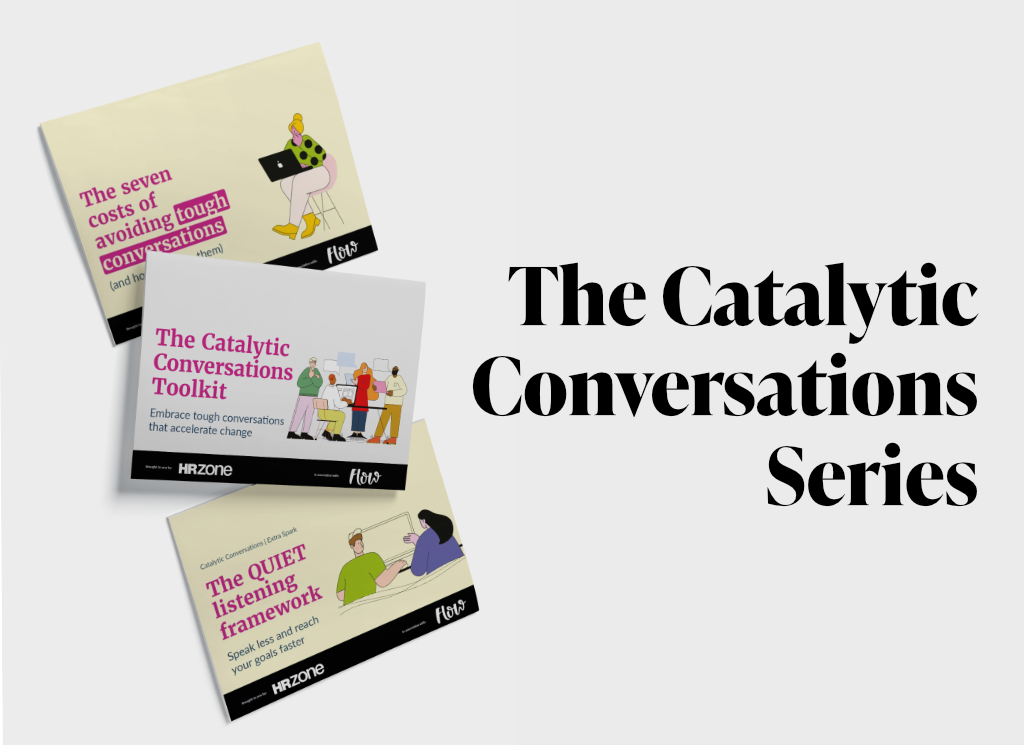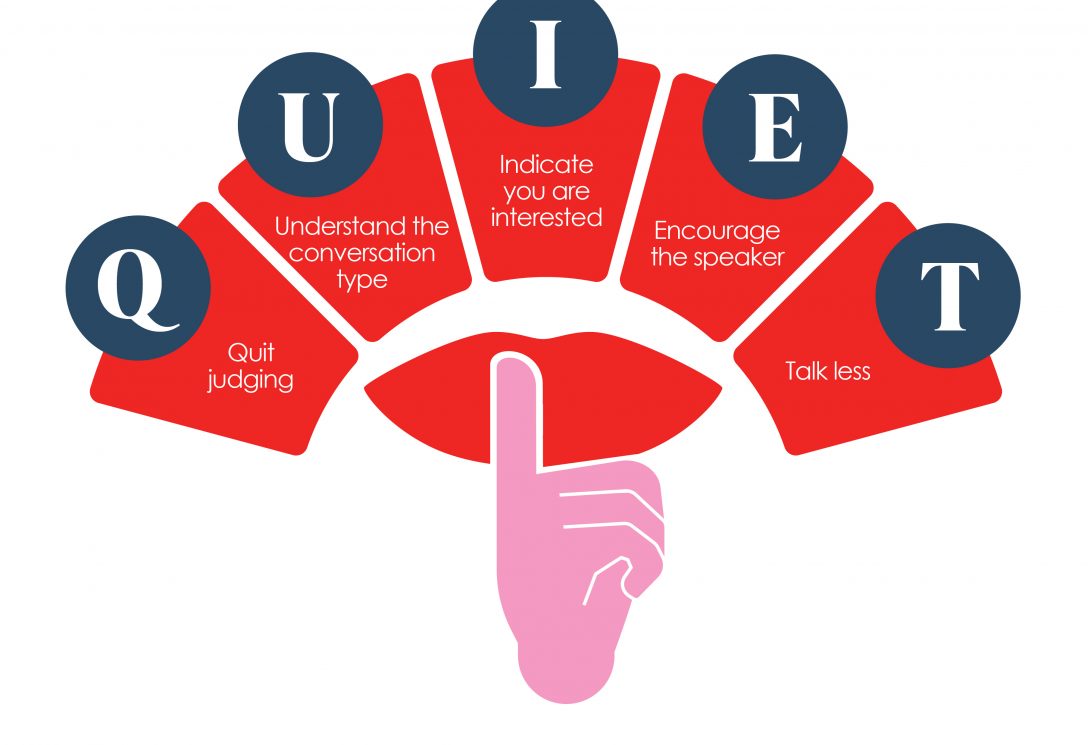Proximity and Productivity – fostering connection and belonging in our remote work era

Connection and belonging are both fundamental human needs. We are a social species, and we’re less happy when these needs aren’t met. Post-pandemic, when we are working remotely, it’s natural that we question our ability to build effective relationships when we don’t see certain colleagues in real life. How do we build trust with colleagues remotely?
While technology and social media have helped us stay in loose contact and broaden our networks, there is a hypothesis that technology is isolating us from our meaningful relationships. Research has found reductions in Psychological Safety, changes to power dynamics, increased feelings of isolation and Loneliness at work when we’re remote. Is working remotely making us lonely? And are we at risk of creating cultures where colleagues feel less belonging if our offices are emptier and we rely on screen activities to stay connected?
Eating bread with our colleagues
The word ‘company’ comes from the Latin root ‘companio’ – ‘one who eats bread with you’. It wasn’t just in the cafeterias that we used to come together with our coworkers; it was the hallways, lifts and communal areas where we slowed down to talk. 100 years ago we worked with family members and people that we knew. Daniel Coyle found that the word ‘family’ is the most common descriptor of high-performing cultures. When you look at the customs and traditions of different countries, you find many intriguing words rooted in ‘togetherness’:

Connection: Feeling close to and valued by others
“Connection is why we are here” (Brown, 2010). Getting along with people is one of the most fundamental human ambitions; recent research suggests that it matters more than ever. According to GoodLife 2030, nothing matters more than feeling connected. To be more connected to themselves, the natural world and others, people want to share routines and rituals with others. People feel connected when they are understood and appreciated, to be their unique selves and say what they think. In essence, the more people are shown how much they mean to others through words or actions, the more appreciated and valued they are, the better they feel listened to, then the closer and more connected to others they will feel. Supportive environments are those where prosociality is the norm, where people show compassion, reciprocity, solidarity, gratitude, kindness and empathy for their colleagues. Where in Adam Grant’s language, people are givers.
The worst feeling is to feel invisible; we all want to be recognised for our skills, knowledge, and differences. To improve diversity, companies need to harness an inclusive culture where people feel valued and respected, and differences are praised. Strengthening social connection isn’t just an engagement play. It’s at the heart of better collaboration, innovation, learning and knowledge sharing. In other words, it is central to improving performance.
A key question at work (and with remote work) is how do you nurture connection? The more time you spend with colleagues, the more time you have to develop trusted relationships. But does this time need to be in close proximity?
Belonging: Feeling an affinity to the group, team and organisation
David Rock of the NeuroLeadership Institute developed a brain-science-based model for emotional needs called the SCARF model. It’s an excellent model to appreciate better why people behave the way they do at work. Meeting emotional needs is as essential to the brain as physical ones, such as hunger. If they are not met, we can’t flourish or thrive. The R in SCARF stands for relatedness. Does this person feel like they belong? Do they feel a sense of relatedness?
In Flying Without A Net, DeLong says that even high achievers are consumed with the worry of their purpose/direction, becoming isolated and potentially insignificant. Technical skill and position in the organisation are two essential dimensions that impact belonging, but the third, ‘boundary of inclusion,’ is particularly relevant. DeLong describes this as “a perception of being aligned with and involved in the company’s essence.
For ‘Boundary of Inclusion’, see Rock’s ‘Relatedness’. Do I feel like I belong to the soul of this company or team, or group? Do I have a voice in the direction and purpose of this team? Do I believe that I play a role in this community, this company, even in some small but meaningful way? Often, the answers to these questions aren’t straightforward. I worked for a boutique consulting firm with a very clear purpose that a much larger organisation then took over. I felt a strong sense of belonging to the immediate team and the types of work we did but a much weaker sense of belonging to the broader company of 500,000 employees.
The sense of meaning and purpose you gain from work that supports your commitment to your team protects against isolation, burnout and underperformance. We belong when we relate to the identity of the company and the work we are being asked to do. Which is why it’s important to align our me, we, and thee stories.
Connection and Belonging Together
The World Happiness Survey 2021 found that the top four drivers of workplace happiness were belonging, flexibility, inclusiveness, and purpose. When we think about this alongside what we know about human needs, fostering connection and belonging is extremely important for happiness and productivity.
In previous decades, employees came to work just to build their careers. But taking feedback from what is important to its employees, Facebook has set its ‘psychological contract’ as the three buckets of career, cause (doing something good in the world) and community. Community means feeling respected, cared about, and recognised by others. It drives our sense of connection and belongingness. According to Facebook, 90% of its people had a tie in importance between at least two of the three buckets.
Referencing Harvard’s Study of Adult Development, an 80-year investigation concluding that the quality of our relationships improves our life expectancy, happiness and health, Telefónica has recently redefined its purpose as ‘Making our world more human by connecting people’s lives’.
Nurturing connection and belonging has become a more significant focus in the last three years. In the early month of the pandemic in 2020, IBM employees signed up for a working-from-home pledge including the promise of staying connected. One of the most common pieces of feedback in a 2023 Spotify WFH employee survey was to look into how its teams gather, how many times they meet in person, and how should the company make the most of bonding as teams when they’re physically in the office space, but other colleagues are not. Katarina Berg, Spotify’s CHRO, had previously said: “no matter how many virtual and digital social happenings we have added to our schedules, it doesn’t measure up to the real thing. People are longing for the connective tissue and social glue we once took for granted”. A superglue is an ideal metaphor. Offering strength and support, it bonds employees together.
The pressure on task completion has squeezed our bonding
With pressured deadlines, we tend to keep our heads down and work through our to-do lists with laser focus. We may want to connect with colleagues, but we don’t value that time to ring-fence it in our schedules. Going for lunch or a coffee feels like an indulgence in 2023. We wrongly focus too much on productivity as the means. Instead, connection and belonging are the means to enhance productivity.
“Regardless of remote status, building relationships will still feel like a luxury workers cannot afford unless there is a shift in how time is prioritised and valued by managers.” – Constance Noonan Hadley, an organisational psychologist who studies workplace relationships
Building trust requires spending quality time together amongst colleagues, which is fundamental to successful cultures. That’s why NASA trains teams by taking them into the wilderness.
What the data tells us
Alex Pentland and MIT’s Human Dynamics Lab did a lot of work in the 2010s using electronic badges that collected tone of voice and body language. They found that 35 per cent of the variation in a given team’s performance was explained by the number of times team members spoke face-to-face. But critically, Pentland wasn’t just describing close proximity interactions. He also included videoconferencing as a rich channel of communication that supports effective connection. Pentland’s real antagonist was email, which doesn’t allow you to read social signals (body posture, facial expressions, etc.) to help guide our decisions and behaviour.
According to Pentland’s findings, engagement was predicated by the number of interactions with a colleague, inclusion (making others feel part of the team) and equal back and forth participation in conversations. According to Pentland, direct, positive interactions between people helped build trust and cooperative behaviour. Microsoft’s research also finds that the number of interactions is highly relevant. Those employees who said their interactions with colleagues decreased in the first year of the pandemic were less likely to thrive at things that lead to innovation, like thinking strategically, collaborating or brainstorming with others, and proposing innovative ideas. And location does have an impact. The 2022 data from Microsoft’s Work Trend Index found that remote-only employees were directionally less likely to say they had a thriving relationship with their direct team (50% vs 58%) and with people outside of their immediate team (42% vs 48%).
Concurring with these findings from Microsoft, Brené Brown agrees that physical proximity is significant. “There was very little ambiguity. It became clear that face-to-face connection is imperative in our true belonging practice […] for true belonging, real connection and real empathy require meeting real people in a real space in real-time.”
How can we design moments of connection and belonging?
The book ‘Get Together’ shares a simple but deceptively practical framework for gathering.

If virtual events sometimes lack the energy and intimacy that employees crave, think about what your employees want to experience in person as a group. Priya Parker, in The Art of Gathering, says that “When we don’t examine the deeper assumptions behind why we gather, we end up skipping too quickly to replicating old, staid formats of gathering. And we forgo the possibility of creating something memorable, even transformative”.
People build connections by experiencing positive emotions together. Any activity that encourages synchrony with others, for example, singing, dancing, playing a sport, eating and drinking, and laughing, releases endorphins that make us feel more relaxed, calmer, happier and more trusting. “When various forms of behaviour are coordinated in this way, they seem to ramp up the endorphin production by 100 per cent for no extra effort.” Out-of-the-ordinary synchronous activities boost our endorphin levels, the main neurohormone in social bonding. These activities make us feel less socially inhibited and more willing to connect deeply.
Connection and belonging are fostered in purposeful and participatory events, where moments are deliberatively designed to allow richer relationships, that get everyone to talk in groups and smaller huddles to get to know each other better, where people can swap stories and feel heard. Moments that evoke powerful emotions, celebration moments that allow us to reflect on what we have accomplished together, spark joy and re-energise, refilling our tanks. Moments that create belonging by talking together about where we are heading next.
As well as providing people with the tools and resources they need to connect in a flexible work environment, we must remind ourselves that work is not just a vehicle for productivity. We typically spend over 95% of our time in ‘exchange conversations’, but their outcomes are underpinned by the strength of our connections, built through richer conversations, not necessarily about work, where colleagues can express vulnerabilities. “We tend to badly underestimate the astonishingly beneficial impact such shared moments can have.”
Refinding connection
Outside of events, we all need to rekindle and prioritise connection moments that suit the gatherings we enjoy. Be they one-to-one meetings, small group conversations, or lunches. We need them more often than we think we do. We can help colleagues to build their networks outside of their immediate teams – through show-and-tell sessions from other teams, communities of practices, secondments, or just speaking with colleagues you don’t normally interact with.
In summary
We’re still in the very early stages of learning how we communicate and connect electronically but we must recognise our intuition. Real-world friends are different from Facebook-only friends. In-person connection is different from videoconferencing. We’ll go back to the office because of a cocktail of 50% social pleasure and 50% social pressure said INSEAD’s Gianpiero Petriglieri.
The power of proximity was always an important factor in going to offices. We’ve just overlooked the point that videoconferencing doesn’t provide the same quality of interaction and that being physically together should happen more frequently in many different types of gatherings than we are currently making time for. Deliveroo saves us time, but processed food is less nutritious than food prepared from scratch with fresh ingredients. We must recognise the trade-off between perma-conveneince, our well-being and productivity.
Sprinkle in deliberative bonding and connection moments, and you get all those intangible but critical benefits. Better employee cooperation, knowledge-sharing and problem-solving, higher commitment. Even remembering these moments enhances our sense of connection.
Flow is a ways of working company. We help you to create the conditions where your people can flourish, where decisions, meetings and ideas can flow. If you’d like to discuss how we can help you to improve connection and belonging in your company, get in touch at hi@thisisflow.co






